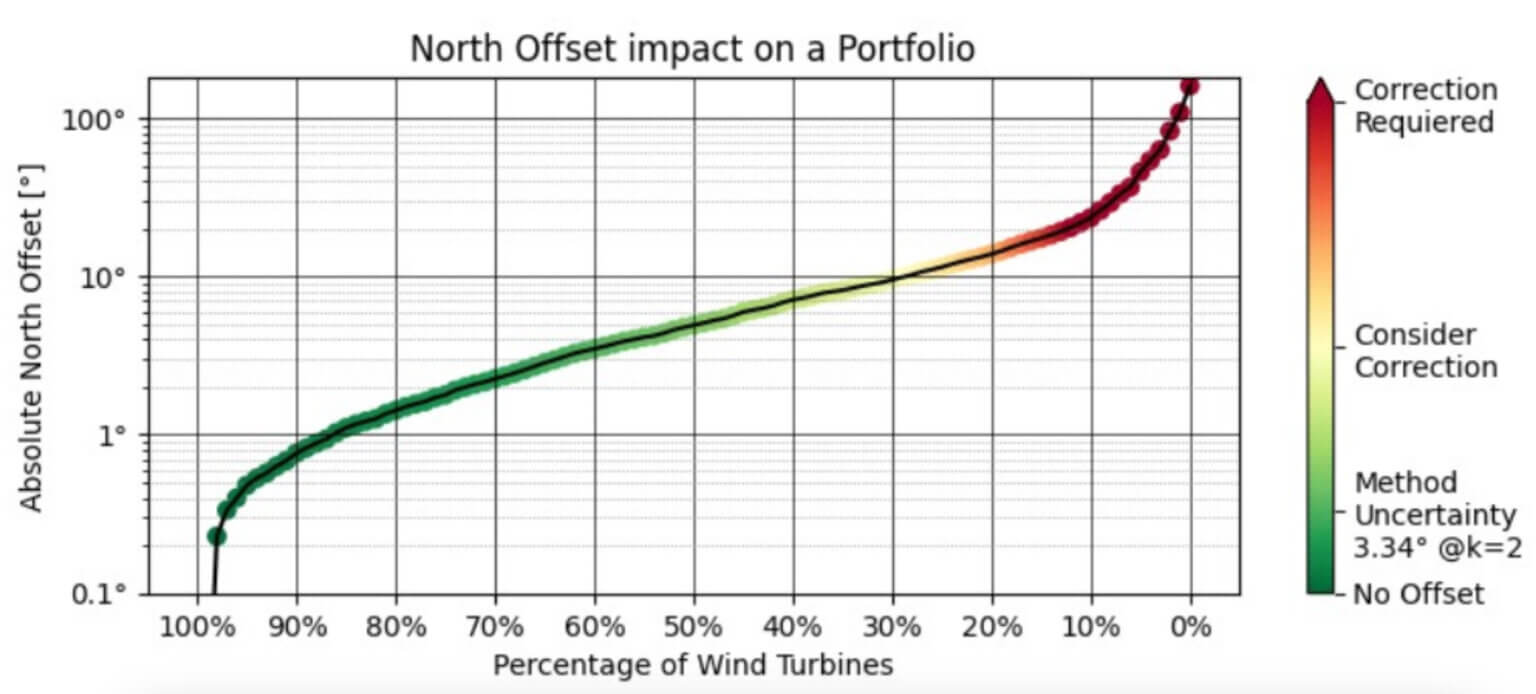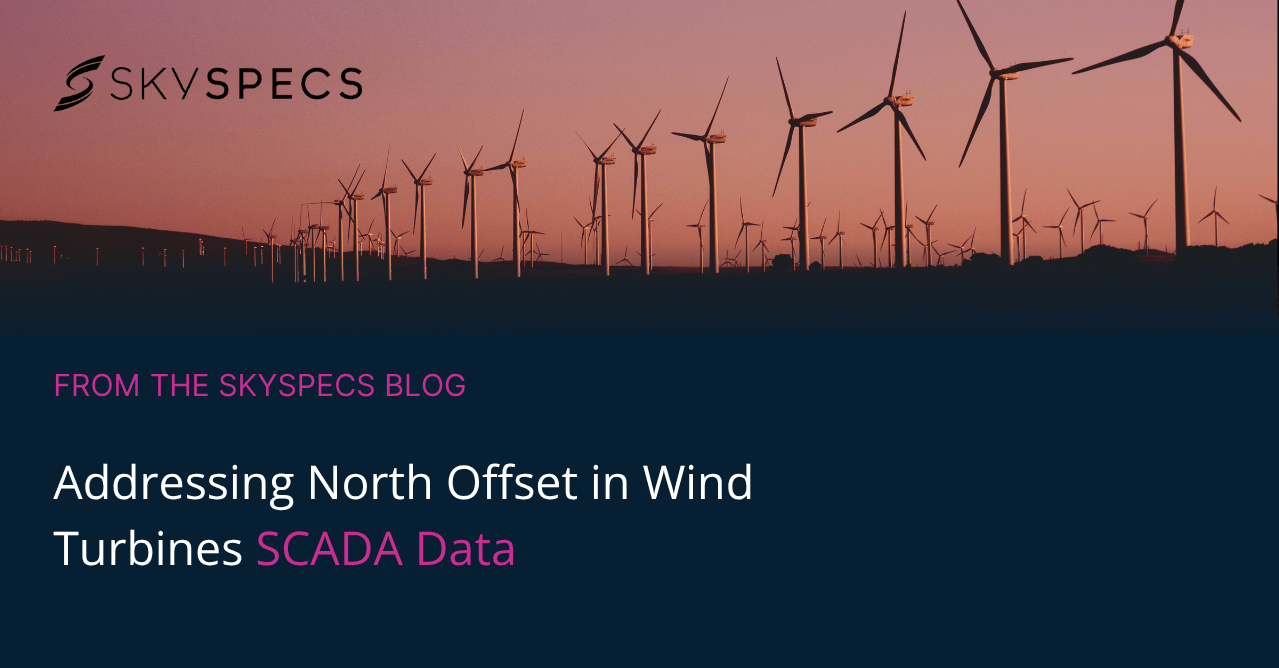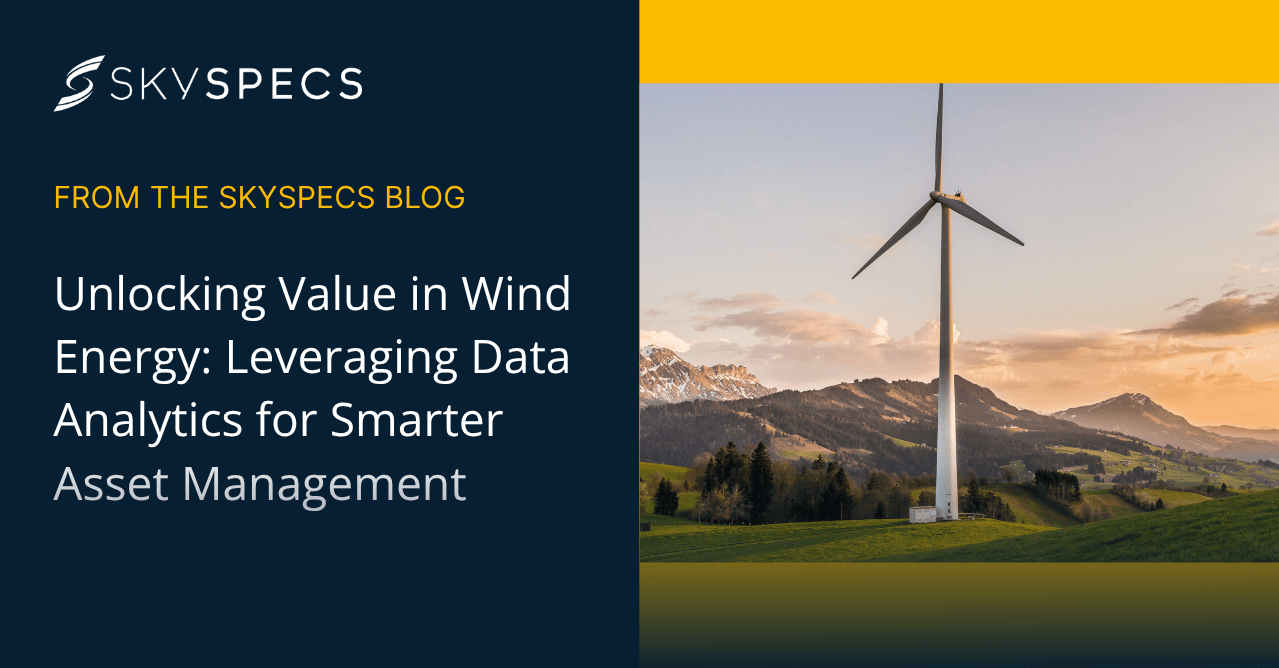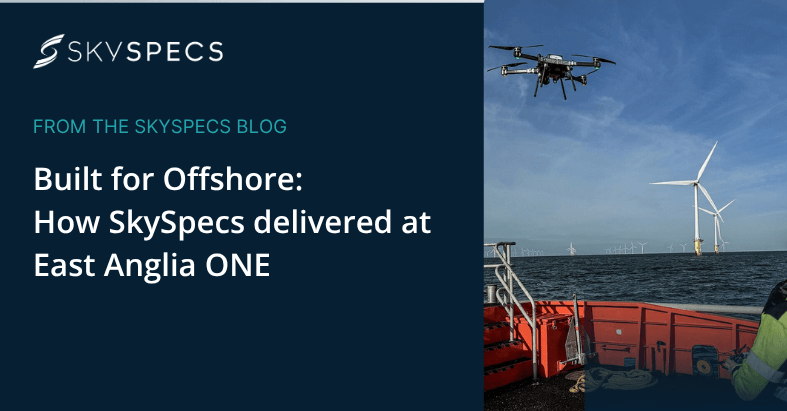Wind direction and nacelle direction are important signals recorded by a wind turbine and routinely stored in SCADA. In order to help detect, and if necessary, correct North Offset, the SkySpecs Performance team developed an algorithm to help automatically detect this common issue.
Using this algorithm, the team performed an aggregated analysis of a large number of turbines, in order to aid in understanding the extent to which this issue impacts a typical portfolio.
North Offset may be defined as follows:
Wind direction and nacelle direction are typically measured in degrees, from 0° to 360°, where 0° indicates North, 90° East, 180° South, and 270° West. Depending on the manufacturer, a modulo 360 may be required, or one directional reading may be given relative to the other. Occasionally, a wind turbine might report these directions with a bias, and the values recorded in the SCADA system might not reflect the actual, on-site wind or nacelle direction. For example, the SCADA might indicate a direction of 90 °, when the true value is 180 °. This discrepancy between the recorded and the true on-site direction is known as the North Offset.
Why it matters
There are several reasons why North Offset is important and should be avoided:
- Incorrect Analysis: In analyses where the directional information is used for filtering or grouping, overlooking North Offset can render the analysis void or the conclusions unreliable.
- Production Losses: When directional curtailment, such as noise control or shadow flicker is incorrectly applied due to a false direction signal, it can lead to real production losses and potential compliance issues.
- Excessive Load: In the most severe cases, if the turbine is directionally curtailed to manage loads (which is sometimes necessary in wind farms located in complex terrains) North Offset can cause additional stress on the turbines.
The science behind the method
This detection algorithm is designed to be simple, pragmatic and easily reproducible, enabling its frequent application across large Wind Farm Portfolios.
The steps the SkySpecs Performance team took to create this method include:
- For a selected group of wind turbines operating normally, the team first calculated their circular average direction at 10-minutes.
- Next, they determined the 10-minutes deviation of each turbine from this average.
- They then selected a subgroup of turbines with the smallest deviations to calculate the ‘reference site wind direction’.
- Using this reference, they calculated the 10-minute deviation for each turbine again.
- After several iterations of 3 and 4, once the results stabilize, they computed the median of the deviations for each turbine over the selected period to determine their individual North Offset.

Uncertainties and assumptions
As the team ran the algorithm monthly for each wind farm, they were able to assess the stability of its output. Assuming most turbines have a stable Offset over time, they calculated that the global uncertainty of this method is ±3.34° at k=2. In its current implementation, the detection algorithm operates on two main assumptions:
- Relative spatial homogeneity of wind direction within a group.
- Wisdom of the crowd, the group orientation is representative despite individual deviations.
Uncertainties and assumptions
ver a period of 63 months, from January 2019 to March 2024, the team conducted a total of 5,361 runs of their algorithm, applying it to a subset of turbines in the SkySpecs database.
This analysis encompassed 2,598 wind turbines, across 292 wind farms, covering 101 turbine models belonging to 35 different owners.
The graph above aggregates the results of all these analyses and displays the expected absolute North Offset of a portfolio. Specifically, the aggregated analysis revealed a function of the proportion of a that:
- 20% of turbines have an offset above 14°
- 10% of turbines have an offset above 24°
- 5% of turbines have an offset above 45°
Given the extensive scope of this study, the SkySpecs Performance team believes these findings are representative of most European and North American portfolios.
To speak with the SkySpecs Performance team about this research, please fill out this form to arrange a discussion



